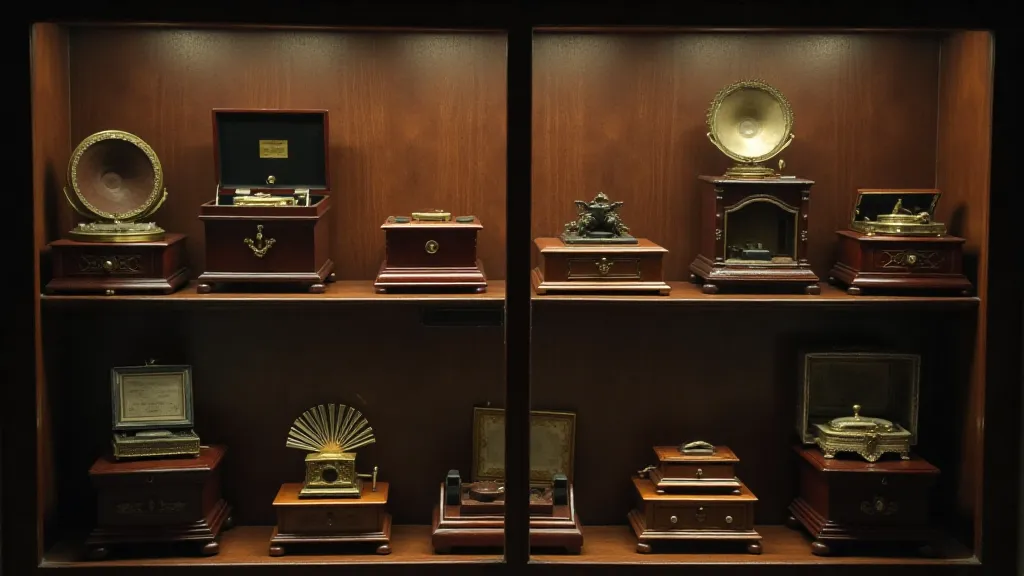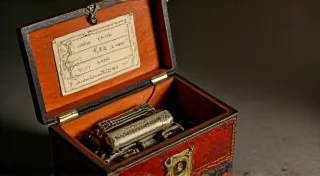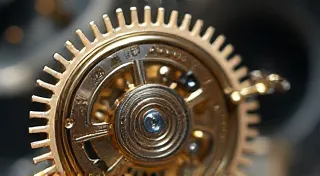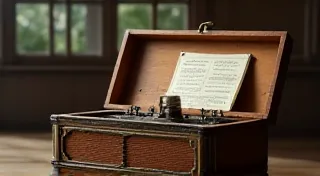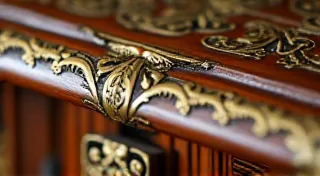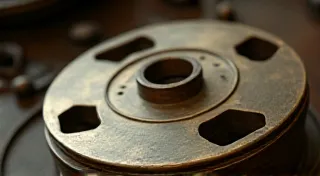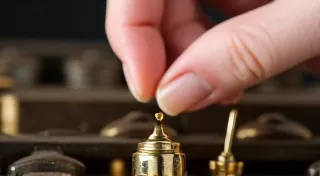Identifying Music Box Tunes: A Guide to Melodies and Rolls
Vintage musical boxes are enchanting relics of a bygone era, miniature orchestras housed within beautiful cases. But unlocking their magic goes beyond admiring their craftsmanship; it involves understanding the music they create. Identifying the tunes played by your vintage musical box can be a fascinating journey into its history, revealing clues about its origin and potential value. This guide will explore various methods for identifying these melodies, and delve into the different types of music carriers – rolls and discs – found within them.
The Challenge of Identification
Unlike modern music players with clearly labeled tracks, identifying the tunes played by a vintage musical box can be tricky. Manufacturers rarely included lists of melodies. This leaves enthusiasts relying on a combination of educated guesses, careful listening, and historical research. Over time, these vintage devices can wear and damage the mechanisms, shifting the tunes a step or two that makes recognition difficult.
Listening and Remembering – The Baseline Approach
The simplest starting point is meticulous listening. Play the musical box repeatedly, focusing on the melody's structure. Try to internalize the notes, the rhythm, and the overall feel of the music. Does it sound like a waltz? A march? A folk song? Try humming or whistling the tune to help you remember it. Record the tune, this can provide a reference point for later research.
Consider the style of the music box itself. Early musical boxes (1860s-1880s) often featured popular songs and waltzes of the day. Later boxes (1890s-1920s) might incorporate polkas, marches, or even operatic snippets. Knowing the approximate age of the box can narrow down the possibilities.
Identifying Tunes Through Historical Context
Researching the popular music of the era your musical box dates from is crucial. Many online resources catalog popular songs and compositions from the 19th and early 20th centuries. Search using keywords based on your initial impressions of the tune – “waltz sheet music,” “popular songs 1880,” or "operatic melodies 1900."
While not a guaranteed solution, comparing the tune to known pieces from that period can provide strong clues.
The Role of Music Rolls and Discs
The mechanism by which a musical box plays its tune varies. The earliest musical boxes used pinned cylinders. Later, and more commonly, they utilized interchangeable music rolls or discs. Understanding the type of music carrier is vital for identification.
Music Rolls: A Closer Look
Music rolls are typically made of paper or cardboard, punched with tiny holes that control the airflow to activate the tines (metal combs) within the musical box. These rolls allowed for a far greater range of tunes compared to pinned cylinders, and facilitated easier interchangeability.
Identifying a musical box through its roll can be very challenging, as it is difficult to see exactly how the holes are shaped without disassembling a great deal of the device. If a roll is found inside a musical box it may have the name of the manufacturer printed on it, along with a roll number, that can be a great start to identifying the music.
Roll Types: Different manufacturers used different widths and formats for their rolls. Common brands include Polyphon, Regina, and Symphonia, each with unique characteristics. Knowing the brand can provide valuable information.
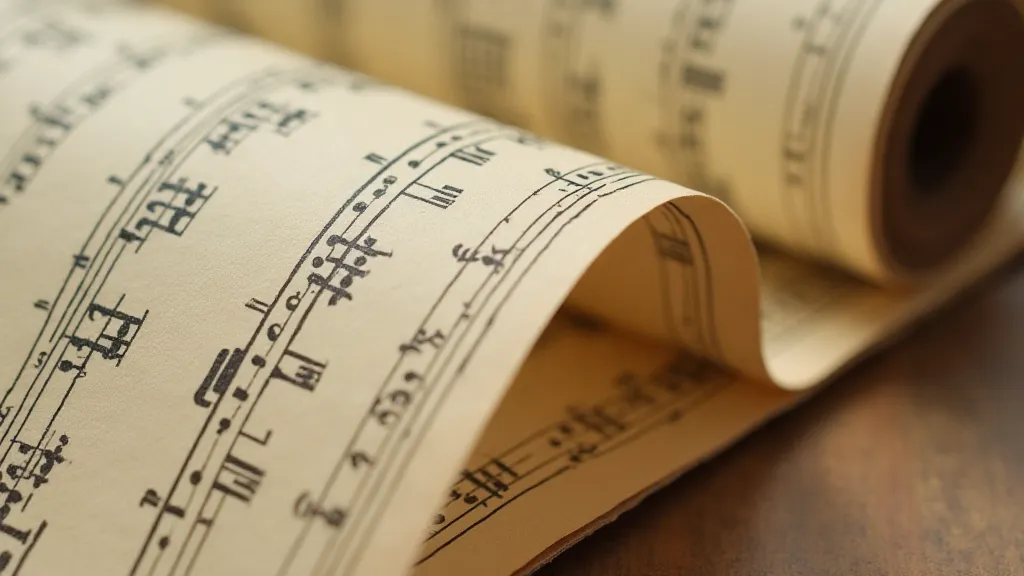
Music Discs: A Different Approach
Music discs, often made of metal (usually zinc or aluminum), were used in later musical boxes. These discs feature grooves that are read by a stylus, causing the tines to vibrate and produce sound. They were popular in the early 20th century and are often associated with brands like Universal and Luxor.
Discs are generally easier to identify than rolls. The surface of the disc often displays the manufacturer's name, model number, and sometimes the name of the tune.
Disc Characteristics: The size and shape of the disc can be helpful in identifying the manufacturer and model. Some discs have a raised center boss where the stylus rests, while others have a flat surface.
Online Resources and Communities
Fortunately, a wealth of online resources and communities are dedicated to vintage music boxes. These can be invaluable for identification.
- Music Box Forums: Many forums exist where enthusiasts share information, ask questions, and help each other identify tunes.
- Music Box Databases: Some websites maintain databases of musical box models and tunes, often compiled from research and contributions from collectors.
- Manufacturer Websites: Official websites or dedicated fan sites for manufacturers like Polyphon, Regina, and Symphonia often provide details about their models and music selections.
- Sheet Music Archives: Sites dedicated to preserving historical sheet music can be a goldmine for identifying melodies.
The Challenge of Damage and Tuning
Over the years, the delicate components of a musical box can be damaged. Pins on cylinders can become bent or broken, holes in rolls can become enlarged or obscured, and grooves on discs can become worn. This can alter the pitch and clarity of the music.
The tines themselves can become out of tune, causing the music to sound discordant. Careful tuning and repair can restore the music to its original beauty, but it requires specialized knowledge and skill.
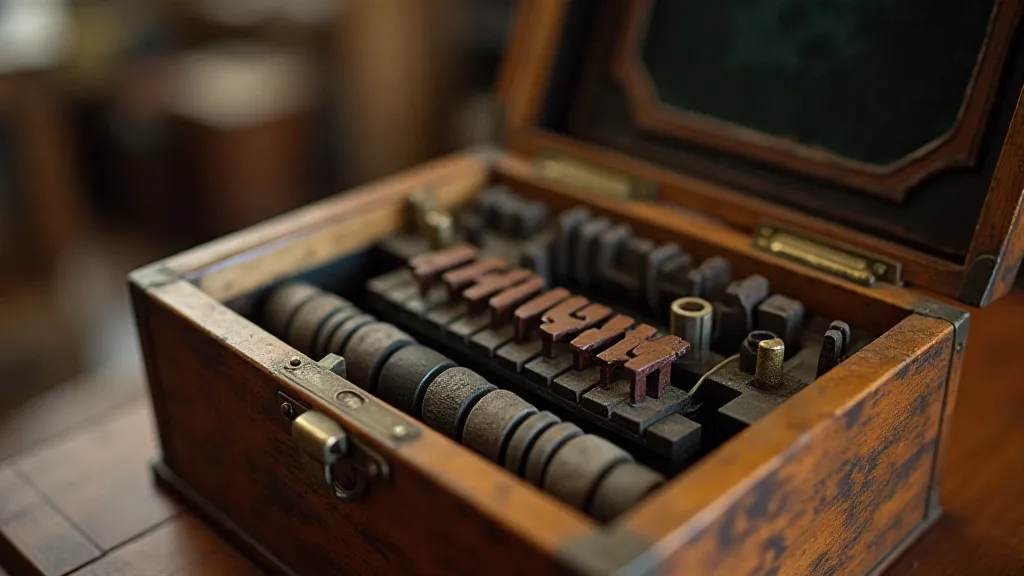
Conclusion: A Rewarding Pursuit
Identifying the tunes played by your vintage musical box can be a rewarding, albeit challenging, journey. It’s a puzzle that combines careful listening, historical research, and a little bit of detective work. Whether you're driven by curiosity, a desire to understand the history of your musical box, or simply a love of its enchanting music, the effort is well worth it.
Remember to document your findings and share your discoveries with other enthusiasts. By contributing to the collective knowledge of the vintage music box community, you can help preserve these beautiful and fascinating artifacts for generations to come.
Further Steps
- Record and share the tune: Posting a recording online can attract attention from experienced collectors.
- Consult a specialist: A professional music box restorer or collector can offer expert insights.
- Be patient: The identification process can take time and persistence.
